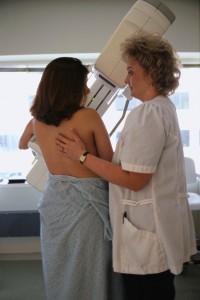
Here at Issels®, we treat many types of cancer with immunotherapy, including thyroid cancer. Thyroid cancer diagnoses have risen over the last 30 years and it is now the 8th most common cancer in the United States.
Role of the Thyroid
The thyroid gland is found in the front of the throat area and is very important. Its multiple tasks include producing several hormones, which work to control the heart rate and regulate body temperature. The thyroid also aids in controlling the amount of calcium in the bloodstream and regulating metabolism.
Risk Factors
Cancer of the thyroid is most commonly found in middle-aged white females, but it also occurs in both men and women of all ages. It is a slow-growing cancer and is markedly treatable. People with exposure to radiation also have an increased risk of developing thyroid cancer.
Symptoms
A hoarse voice, neck pain and lymph nodes that are enlarged are some of the early signs of thyroid cancer. Thyroid nodules are not common in children or teens but become more prevalent as people get older.
Types
While the papillary and mixed papillary/follicular thyroid cancer is the most prevalent type, there are three other types, including follicular/Hurtle cell, medullary and anaplastic. The most common types are the most curable, with a cure rate of over 97%.
At Issels®, we can help you find the right combination of thyroid cancer immunotherapy treatment that will help you flourish. Contact us to learn more about our immunotherapy cancer treatment breakthrough.





